Research team - Rethinking ”Finnish” Music History
Research team
Vesa Kurkela
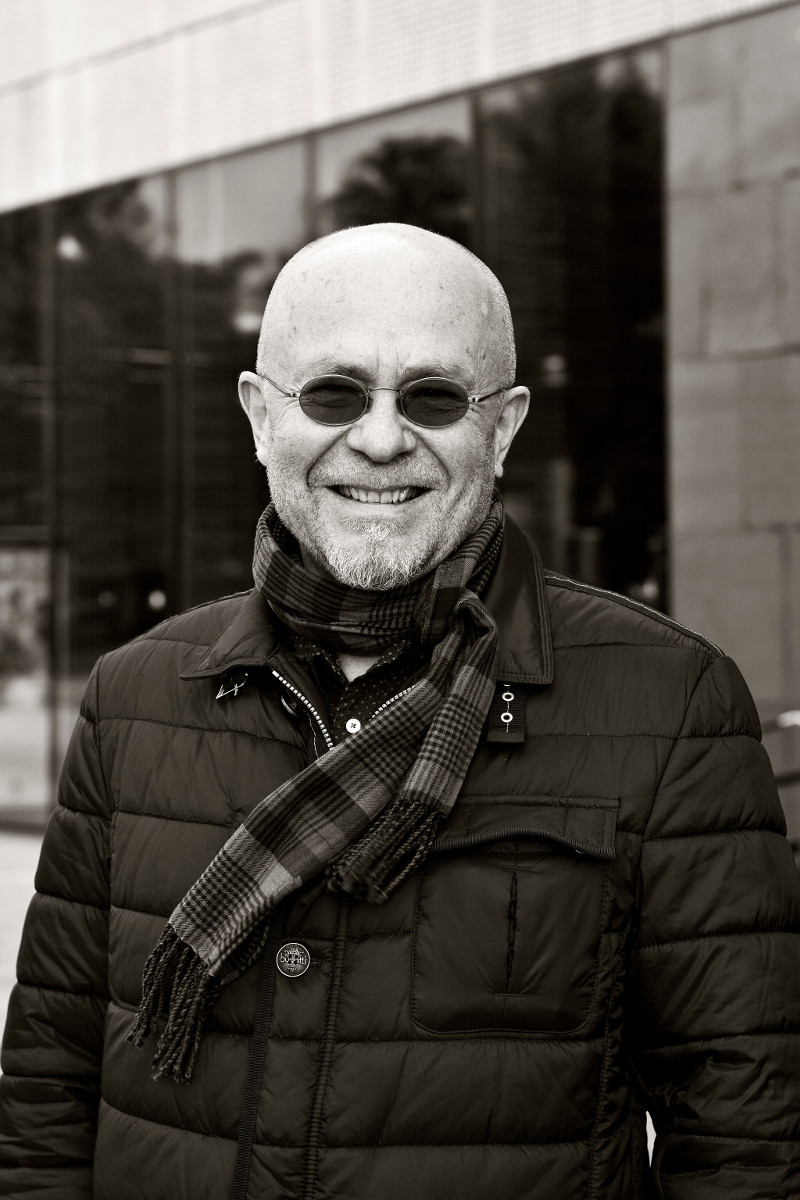
My research work in this project focuses on the sector of "changes in concert repertoire and musical taste". The emphasis of this portion of the research is on the changes in the repertoire of public concerts and music events between 1870 and 1910. Under examination is especially the selection of concerts available in Helsinki, but also in Vyborg, Turku and Tampere. The research focuses on the cross-border interaction: concert life was highly cosmopolitan, the top continental artists would regularly visit Finland's biggest cities, and studying abroad was an obligatory part in the careers of the most talented national musicians. The Finnish concert institution faithfully followed the development, which had begun in the European metropoles a few decades earlier.
I have already done provisional mapping of the development of older concert repertoires in the 1800's (Kurkela 2012), and it is easy to see the direction of change based on the mapping. The repertoire structure of concerts corresponded to pan-European standards, and the repertoire was constructed upon the principles of miscellany and symmetry. Symphonic concerts became more common in the 1860's in Finland, when Viennese classical music and The Great Composers were canonised by the repertoire. Meanwhile, a portion of the orchestral concerts developed in the direction of more popular repertoire material, which gradually led to a differentiation between serious symphony repertoire and popular repertoire.
The most central research questions ask: To what extent did the establishment and professionalising of concert life affect the differentiation of repertoires, and in what way did the foreign soloists' concerts change in terms of repertoire? Did the classical canonisation also apply to them, and to what extent and in what types of concerts did the principle of miscellany continue in the concert selection?
The second central focus of the research is the interplay of "art" and "entertainment". How did the emergent entertainment industry change its concert selection at the turn of the century? Before the age of jazz, these areas of music were based on a rather uniform aesthetic, and the same musicians worked both fields. The crossover of art and entertainment was a given, and one of the cornerstones of transnational music production. The third issue under examination is popular education, which was the central area of operation of nationalistic politics. The new national music life reflected the same aspirations, and the central elements of late 1800's concert selection were various types of "kansankonsertti" (concert for the people). They seemed to have continued the old principle of miscellany, yet on the other hand, had the actual objective of the concerts been to educate the lower class with the "greatest achievement" of European high culture – the classical canon?
My forthcoming research articles address, for instance, the change in musical tastes of the concert audience and its reflection on newspaper writings; changes in copyright concepts; methods of introducing "Finnish" repertoire; the interplay of low-brow and high-brow at music events in Finnish cities; and the transnationalism of entertainment production prior to World War I. Currently, I am co-writing a monograph for a wider audience with Dr Olli Heikkinen. The working title is "Parochial or Cosmopolitan? Helsinki as a Music City in the Late 1800's", and it details the music selection and concert practices of two one-year seasons in Helsinki.
Olli Heikkinen
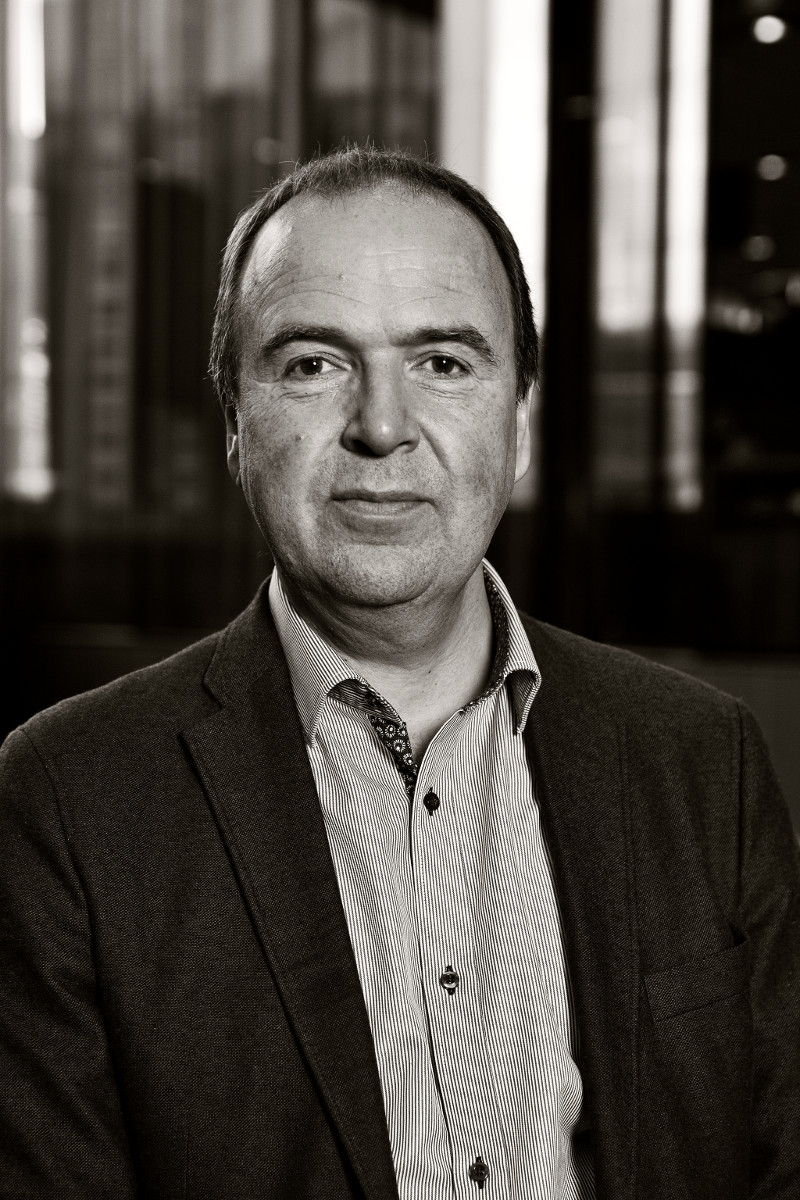
My portion in the project is titled "Suomalaisen sävelkielen synty" [The Birth of Finnish Musical Language]. My objective is to examine how the notion of a national musical language entered Finland in the 1800's, and how it was interpreted in both the writings of Finnish critics and music enthusiasts, as well as the compositions and arrangements of national composers. The discourse on national musical language culminated in the premiere of Sibelius' Kullervo in spring 1892, although I am also researching preceding and subsequent manifestations of it.
In addition to native Finnish musicians, I am also studying the activities of non-native musicians in Finland. Since the education of musicians – especially orchestra musicians – was minimal in the 1800's in Finland, the majority of city musicians had been born and received their musical education overseas. They would adapt their acquired talents to suit the conditions in Finland. Of particular interest in my project are the numerous Danish musicians who were active in Finland, yet whose activities have been ignored in previous research. Although, for example, Theodor Sörensen, organist at Pori and Vyborg, composed two symphonies and many other orchestral compositions in Finland, his name is not to be found anywhere in general introductions to Finnish music.
Another more specific object of study in my project are the orchestras in cities prior to "actual" City Orchestras. With the aid of a few case studies (at least Pori and Kuopio), I am investigating how travelling musicians (usually foreigners) founded orchestras in Finnish cities, and how they managed to make them operate profitably. I am also attempting to research their repertoires.
Relating in part to the previous topic, I am also examining the manner in which the tales of music history are constructed. I am perusing the chronicles of city orchestras, and applying narrative research methodology and concepts to the material. By using the same methodology and concepts, I am also researching what kinds of music history stories the students of musicology in its early days were made to study.
Together with Vesa Kurkela we are researching the development of concert repertoires in the late 1800's. We are examining all the concerts from several performance seasons in Helsinki, and building a database from the repertoires. The database will provide, for instance, empirical data of the most played compositions in various types of concerts, the nationality of the composers, and the proportion of Great Classics (Mozart, Haydn, Beethoven) in relation to the contemporary pieces of the time. Of particular interest to us is the divergence of concert repertoires during the 1800's into high-brow, low-brow and the middle-brow occupying the in-between.
Markus Mantere
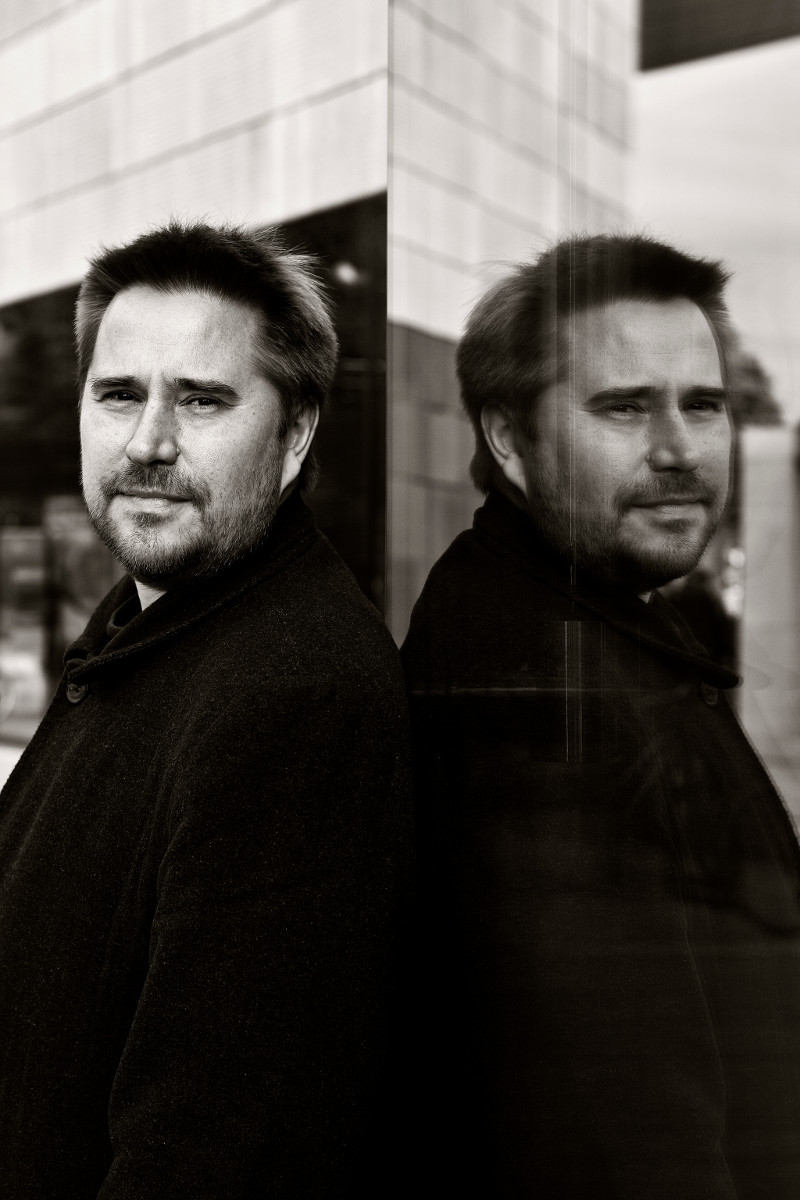
My research project, "Musiikkitieteen synty Suomessa" [The Birth of Musicology in Finland], examines the intellectual and disciplinary history of scholarship of Finnish musicology. Leaving aside three doctoral dissertations submitted in the Royal Academy of Turku (1640–1828), that is, dissertations that were directly concerned with music, the academic research of music as an institution in our country is barely over a century old. In addition, in the early stages it was largely personified by Ilmari Krohn's (1867–1960) work. His doctoral thesis of 1899 on spiritual folk tunes remained the singular Finnish musicological dissertation for over a decade, preceding the dissertations of Armas Launis (1911), Otto Andersson (1923) and Toivo Haapanen (1924). Musicologists, however, were not the only intellectuals writing about music. Other musically educated individuals outside the university were musically educating the folk as well: for example, Heikki Klemetti (1876–1953) and the founder and director of Helsinki Music Institute, Martin Wegelius (1846–1906), were two of Krohn's contemporaries who actively worked as musicians and composers and were members of various societies of music of the time.
The Finnish Musicological Society was founded as a branch of Internationale Musikgesellschaft in in 1910, but its operations ceased soon thereafter because of the war. Only in 1916 did the society's operations resume again – this time, without the affiliation to the German society, initially founded by Oscar Fleischer. Krohn himself worked as adjunct professor at Imperial Alexander University during 1900–1918, and as additional professor at University of Helsinki from 1918 until his retirement in 1935. Thereafter, the field became institutionalised in other parts of Finland. A professorship of musicology and folk poetry was established at Åbo Akademi in 1926, but other more provincial universities would have to wait until the 1960's for musicology professorships (Turku 1966, Jyväskylä 1968, Tampere 1965).
In my research, I examine the paradigms of scholarship of early Finnish music research, the history of the musicological society, public writings on the topic, biographical material and scholarship-related documentation housed in institutional archives. On one hand, I am interested in the national context of the discipline in Finland, as well as its relation to other European research in this period (c. 1900–1925). On the other hand, I am scrutinising the paradigms of Finnish music research within the historical framework of the early 20th-century European humanities – for instance, taking up the question how evolutionism and the teleological notions of history are reflected in early Finnish musicology.
Apart from the new knowledge and understanding of the music scrutinised, the researchers of the early 20th century had an additional social and cultural demand for their work. The ongoing national project with a broad cultural, intellectual and political idea called "Finland" as its projected outcome placed its own expectations and needs on research. Regarding this aspect of my project, my research is largely research of the cultural history of Finnish music.
Saijaleena Rantanen
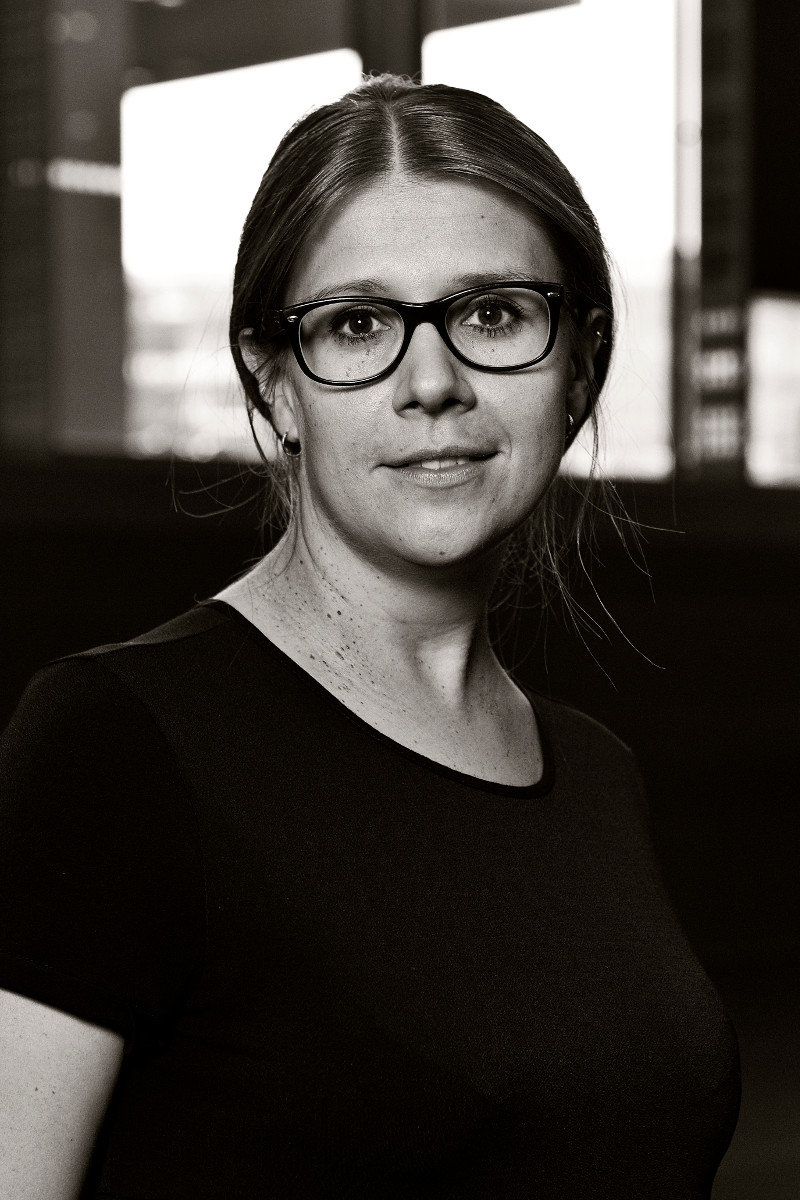
My section is titled "Laulu- ja soittojuhlien synty Suomessa" [The Birth of Song and Music Festivals in Finland]. Early song and music festivals in Finland have been scarcely studied. The few earlier studies (Smeds & Mäkinen 1984; Smeds 1987; Särkkä 1973) have emphasized, without exception, the national romantic ideology underlying the organization of the festivals. My aim is to provide a more diverse picture of the early festivals by a scrutiny of the organizers' transnational connections to Europe and other music life in Finland.
From the very beginning the management of the festivals aimed at recruiting the leading figures of the Finnish musical life to the festivals. The presence of these persons had great impact on the nature and character of the festivals, raising the public status of the festivals both musically and ideologically. They also had many international connections, which showed in the planning of the festival programs. On the other hand, the festivals provided the opportunity for the young composers to introduce their new music to the public and advance their careers through this kind of self-promotion.
I also try to get a grass-root level view onto the influence of the festivals. The popularity of the festivals was enormous and the enthusiasm also spread to the countryside. In cooperation with various societies and youth organizations the music festivals contributed significantly to the spread of choirs and wind bands throughout Finland. To get a more detailed picture of this process, I look at the influence of the bigger, national music festivals on the more local ones, organized in the countryside. One interesting aspect of looking at this relationship is the microhistory of the musicians: how did they experience the events? Did the repertory change according to the different festivals? What kinds of ideological intentions did the smaller music societies have in organizing the local festivals?
The third topic of my research is the structure of the festivals. The early music festivals were, in the late 19th century, a new phenomenon in Finland which had a huge collective significance for the participants. Thousands of people came from various parts of the country. The main event in the festivals was a singing and playing contest to which all Finnish amateur bands and choirs were invited. A new feature in the contest was that people from all social classes were participating in the contest. In other respects the festivals seem to have been a combination of two separate elements: singing festivities and popular festival (Smeds & Mäkinen 1984). The popular festival featured program that did not necessarily have any relation to music. Singing festivities, however, consisted mainly of high-standard music program, which seems to be a feature adapted from larger European festivals.
The emergence of music festivals in Finland was, as I see it, a transnational process the impact of which was felt all over the Finnish music life at large. The main question to answer here is this: how did the networks of the individuals and societies affect the character, substance, and cultural impact of the festivals?
Nuppu Koivisto
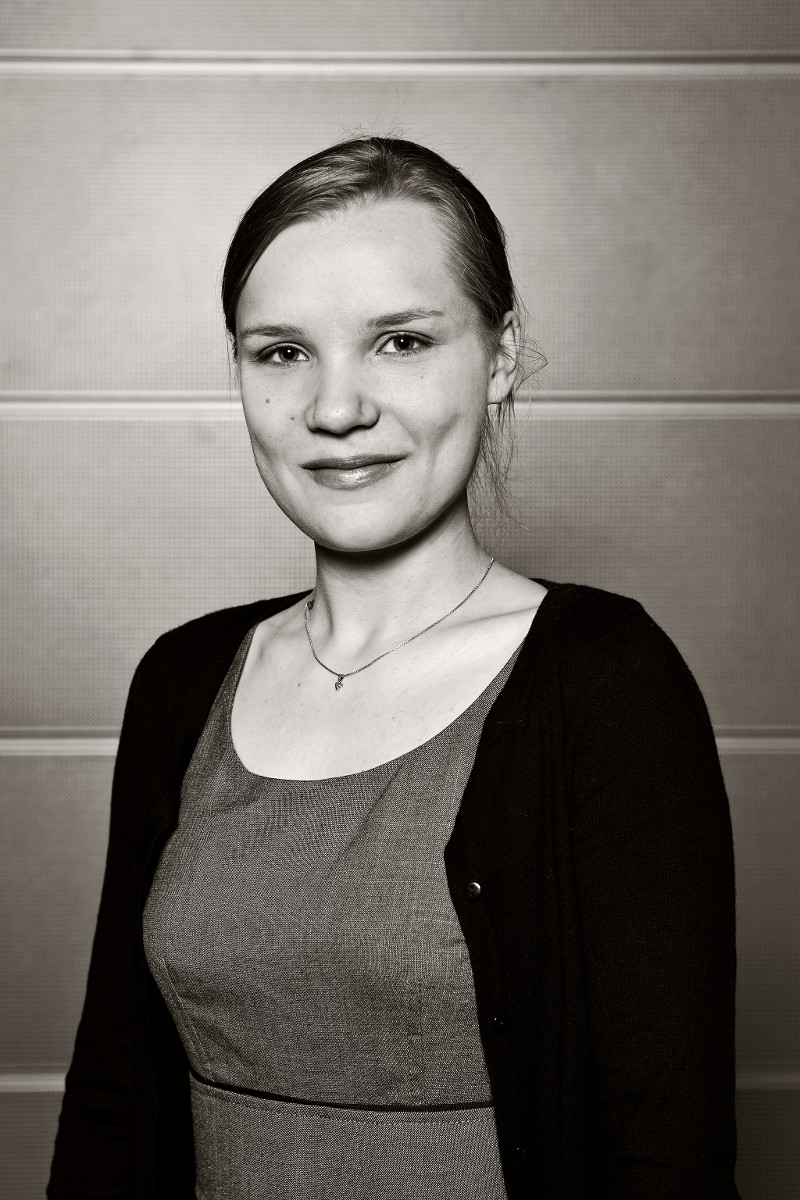
I'm currently working as a research assistant in the project Rethinking "Finnish" Music History. In other words, I mainly gather information and materials from different sources for the research team. My tasks include, for example, filling our concert database, filing archival data and, most importantly, reading analytically digitized Finnish newspapers. Moreover, I've taken part in organizing our project's international conference Confronting the National in the Musical Past.
My own research interests focus on the relationship between music and gender: I'm particularly interested in women's position in Finnish musical life during the 19th century and in the beginnig of the 20th century. How and when did women gain social acceptance as professional musicians? As we know, the bourgeois musical culture of the 19th century mainly encouraged women to act as amateurs in the musical field, and the choice of instrument, for example, was usually dictated by moral code. In this respect, women's access to symphony orchestras dominated by men as well as the position of women composers are of a special interest to me.
In addition to my job, I'm working on a PhD thesis on women's orchestras (Damenkapellen) – usually German-based restaurant and café bands, that is – in Finland from the late 19th century onwards. This topic has not been very extensively studied, and it relates not only to the problematic between music and gender but also to a transantional and cosmopolitan perspective on music history: women's orchestras formed an essential part of European popular culture in the early 20th century. These two aspects are also linked in a smaller project that I'm currently working on: in November 2014, I held a presentation in a colloquium organized at the Finnish Institute in Paris on the works and public image of French women composers in 19th-century Finland.
